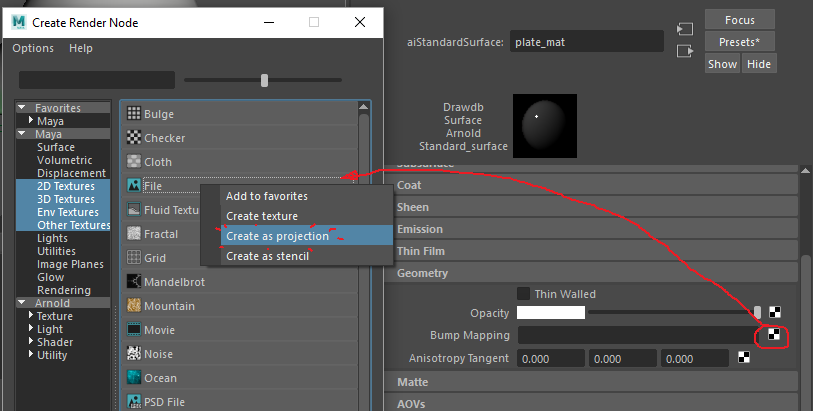
This behaviour is the same for Maya in most cases, see below. When one is checked, the exporter will ignore the linked attribute and will only use the map. The only difference it makes is the presence of an opacity attribute and an opacity map checkbox. You can choose between presets/Standard and presets/Standard Transparent. Involved parameters are highlighted bellow and described in the following sections. Not as intuitive as the previous one but this documentation will provide you some useful guidelines.

AiStandardSurface: Arnold material defining Metalness and Roughness.Mostly here for legacy usages with elder Maya files. Stingray PBS: easy to use but Arnold doesn't render this material.PBR materialsįor best results with glTF format, you are adviced to use one of the following materials, as they are the closest ones to glTF PBR material (Physically Based Rendering).Ĭurrently, two PBR materials are exported: Note that the conversion duration scales with images size and may have a severe impact on export duration. Maya Standard materials (Lambert, Phong, PhongE and Blinn) are converted to PBR materials based on their color, specular, transparency and glossiness (specular power). PBR materials (Stingray PBS, AiStandardSurface).Standard materials (Lambert, Phong, PhongE and Blinn are converted to PBR, see below).Animations: position, rotation, scaling.Position / rotation / scaling (from nodes).Geometry: position, normal, color, texture coordinates (2 channels).

Since the plugin first exports to babylon then converts it to glTF, glTF features are a subset of the babylon ones. The plugin exports to babylon format before converting it to glTF.

With this plugin, you can also export your project to glTF 2.0 format ( ).Īll you need to do is choose gltf as Output format. If you have not already installed the babylon plugin for Maya, you can find all instructions here as well as general information about the plugin.


 0 kommentar(er)
0 kommentar(er)
